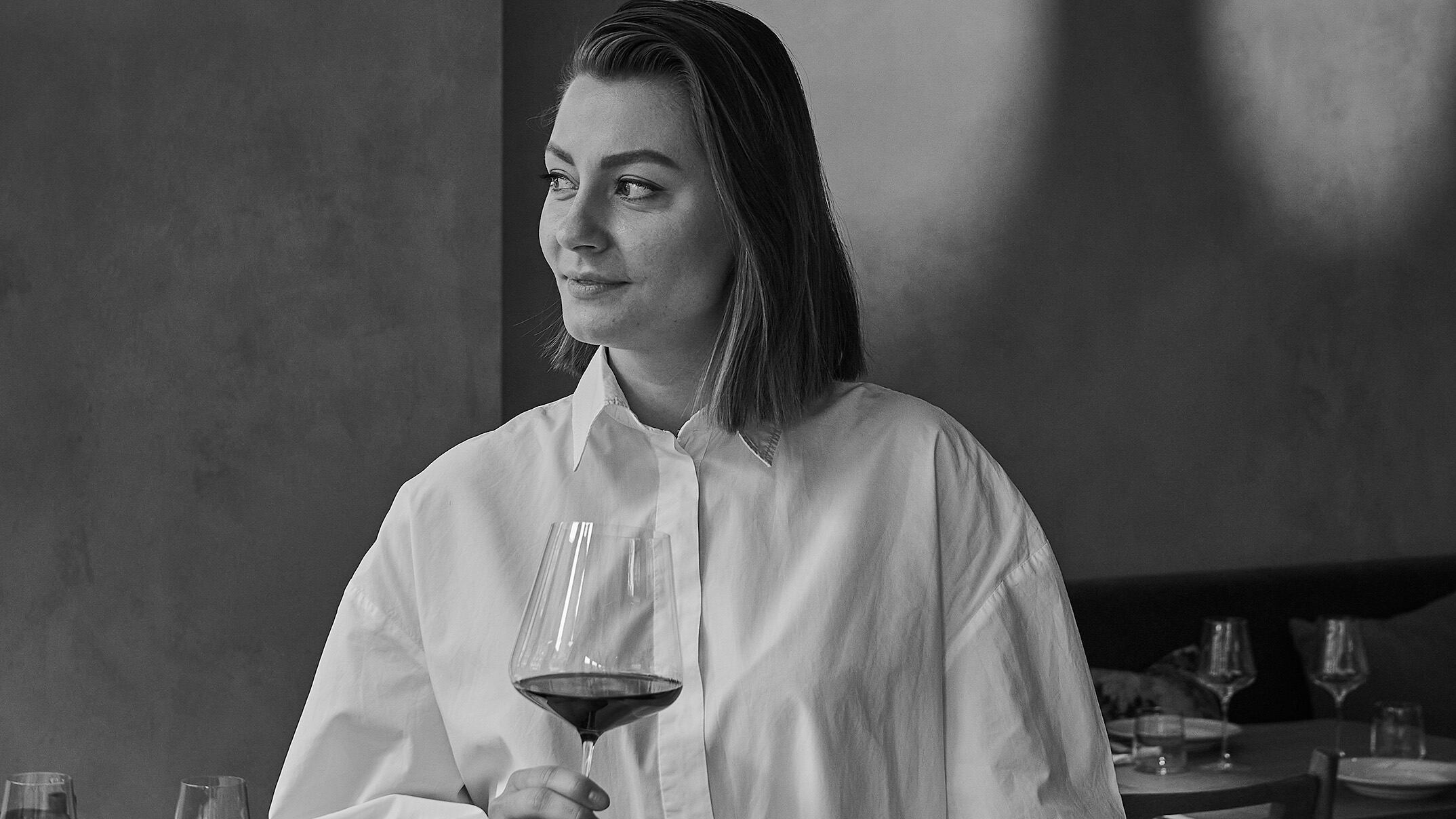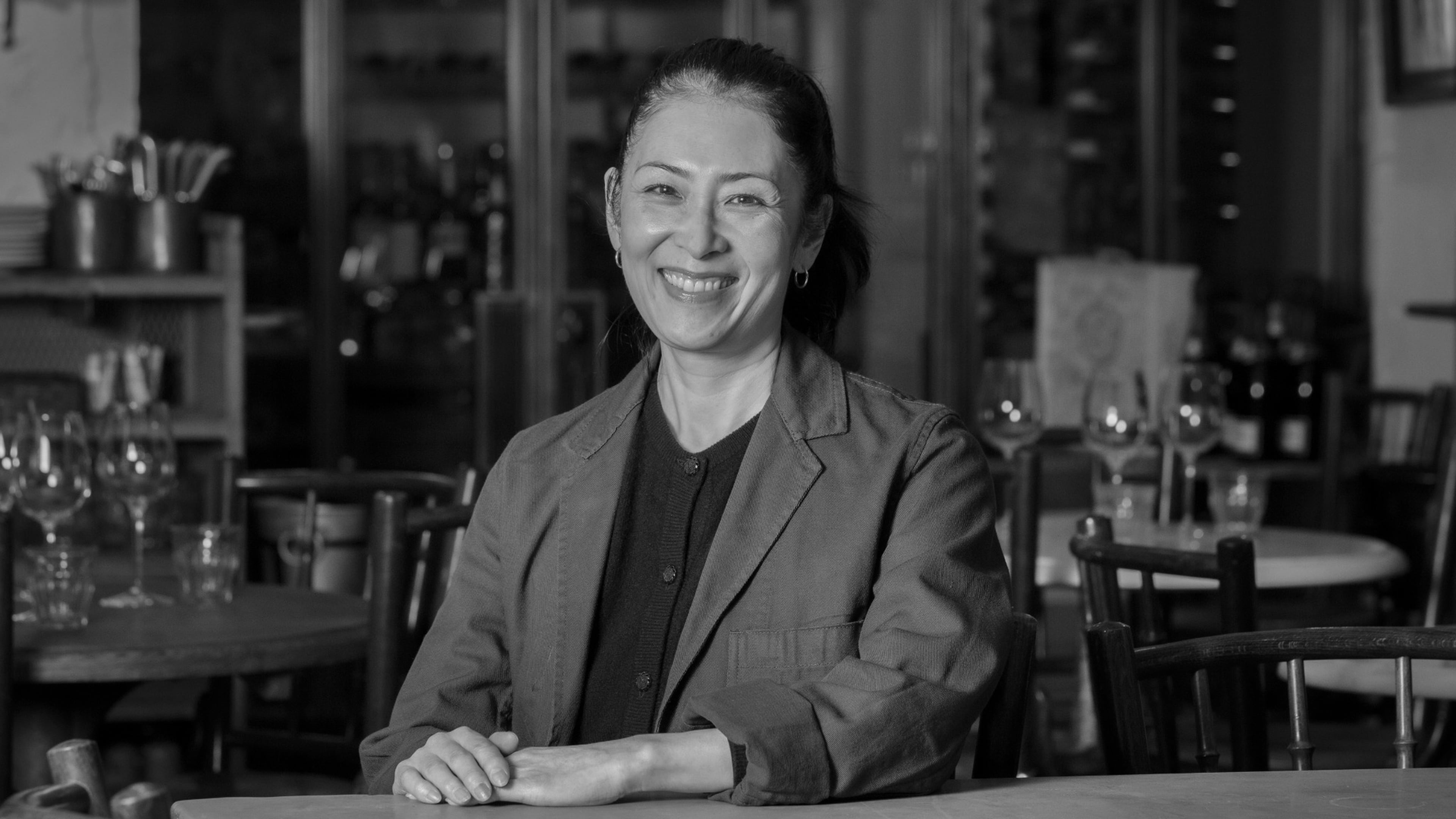Tell us about the moment you first became interested in wine
I grew up in and around restaurants — my parents have been in the industry for as long as I can remember — so the world of food and drink was always close at hand. One of the earliest and most influential figures for me was a gentleman named James Sankey, who had an encyclopedic knowledge of wine and a palate to match. He made a huge impression on me at a young age.
Describe your wine list at Timberyard and Montrose
I oversee the wine lists at both Timberyard and Montrose, and together they represent probably the deepest collection of natural wine in the UK. We’ve been cellaring, collecting and aging bottles at Timberyard for well over a decade now, and that cellar supports both venues. The focus across both lists is strictly European and rooted in natural production, but each list has a different voice. Timberyard leans more toward the cleaner, precise end of the natural spectrum, with some wild and wonderful bottles dotted in. At Montrose, we take things a little further — more experimental, more expressive — and there’s a strong focus on the new wave of UK producers.
Over the course of your career, have you had any wine-related disasters?
There have been a few minor mishaps over the years, but one stands out. I once topped up a table’s white wine glasses with their red — both were premium bottles, being enjoyed side by side. Not my finest moment.
Name your top three restaurant wine lists
Planque (in London) has a really forward-thinking list with an amazing cellaring programme behind it. Paul Bert (in Paris) is beautifully priced, brilliantly dogmatic in its commitment to natural wines. And, finally, Goodbye Horses (in London). I was impressed by their layout and presentation. Bottles are referenced by producer rather than region or style, which makes for a really refreshing approach to navigating a list.
Who do you most respect in the wine world?
It would be remiss of me not to highlight the incredible hard work of all the producers we support and love — those who farm honestly, work with integrity, and pour their lives into every bottle. Beyond that, I’ve always admired the sharp palates and ethical sourcing behind importers like Tutto, and I’ve found Charlie Mellor’s work in London, particularly at The Laughing Heart (now closed), consistently inspiring.
What’s the most interesting wine you’ve come across recently?
I’ve always been drawn to flor-aged, sherry-esque wines, and recently I was blown away by the sparkling wines of Fernando Angulo in Jerez. He’s crafting wines aged under flor — with all the savoury, saline, nutty character that implies — but in a sparkling format. It’s a wild combination of oxidative complexity and lifted energy. They are incredibly versatile at the table.
What are the three most overused tasting notes?
I’ll package this into one gripe: the use of gendered language — terms like ‘masculine’ and ‘feminine’ — when describing wine. It doesn’t sit well with me, and I think the industry is overdue for a shift in how we talk about style and structure.
What’s the best value wine on your list at the moment?
At Montrose, we’re really proud to offer some brilliant wines from bag in box, sourced from southern France. These wines deliver fantastic flavour and quality, and the environmental impact is minimal thanks to the low-emission packaging and transport footprint. At Timberyard, I’d flip the idea of ‘value’ a little. To me, value isn’t always about price. We’ve recently listed some aged bottles from Weingut Werlitsch in Styria, Austria — a 2005 blend of Morillon (local Chardonnay) and Sauvignon Blanc. These wines have been resting in our cellar for years, and though they’re not cheap, the pricing is based on original cost rather than market value today. That makes them exceptional value for those wanting to see how these wines evolve with bottle age.
What is your ultimate food and drink match?
I’ve followed a plant-based diet for the past six years, but I’ll admit, I do still miss cheese. A classic pairing I used to love — and still dream about — is Comté with Vin Jaune. Yes, it’s a cliché, but it’s one that absolutely works.
Old World or New World?
Old World, every time. Both Timberyard and Montrose are rooted in European wines, and that proximity — geographically and culturally — informs our relationships with producers and our sense of place on the list.
What is your pet hate when it comes to wine service in other restaurants?
Serving temperatures — red wines too warm, white wines too cold. It’s such a simple thing to get right, but when it’s off, it really does the wine a disservice.
Who is your favourite producer right now?
It’s a hard choice, but I’d like to shine a light on Sophie Evans in the south of England. She’s working tiny plots with huge care, and I think what she’s doing is setting a serious benchmark for what the future of English wine could look like — sensitive, site-driven, and full of potential.
As a sommelier, what question do you most get asked by customers?
Probably some version of: “Is this the dream job it sounds like — travelling, tasting, drinking wine every day?” And honestly, yes — parts of it are. But it’s also a serious labour of love. It’s demanding, both physically and mentally. No one ever truly ‘masters’ wine. There are always new vintages, new producers, shifting climates, and evolving styles to understand. It keeps you on your toes.
Which wine producing region or country is underrated at the moment?
I’ve just returned from Georgia, where I visited producers from the far west to the eastern reaches of the country. The diversity in terroir, climate, and winemaking style was incredible — yet it still feels like Georgia doesn’t get the recognition it deserves. It’s an ancient wine culture with so much to offer and so many stories still to be told.
It’s your last meal and you can have a bottle of any wine in the world. What is it and why?
Unusually — especially given the industry I work in — I don’t actually drink alcohol anymore. I stopped around six years ago. But if it were my last meal, I’d definitely enjoy a small taste of something special, alongside a spittoon. It would probably be something along the lines of a rosato from one of the great producers of Italy — maybe Le Coste, or Violet 2006 from Cristiano Guttarolo. These wines are full of life and energy — they scream of time and place more than most. Truly otherworldly.





